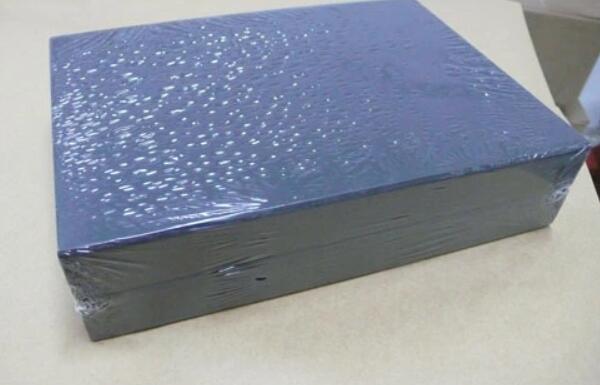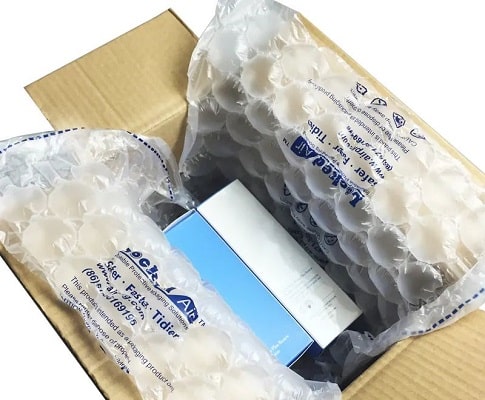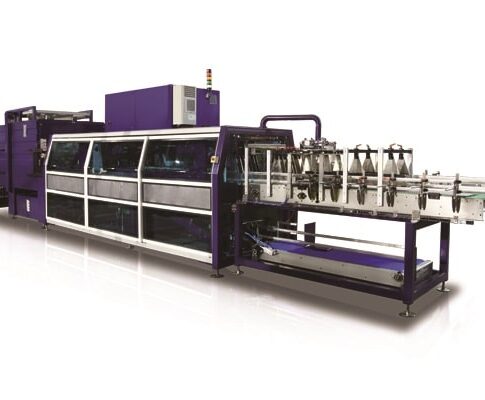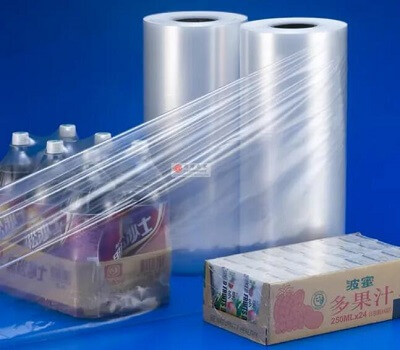When shrink-wrapping results for a product are consistently less than ideal, your first reaction may be to blame the shrink-wrap machine you are using. But have you ever considered that the problem actually caused by your product?

So how do you find out what’s causing the problem? Perhaps reading the machine’s user manual in detail and inspecting a few key parts of the machine will be of some help to you in determining the source of your packaging problem.
What to check?
Heat shrink tunnel size:
The first part of the machine you need to inspect is the shrink tunnel. How big is it? More importantly, how big is it relative to your product? If your products are too large for the tunnel, they may get scratched or get stuck in the shrink tunnel as they pass through. This condition may melt and perforate the film;
Shrinking temperature:
How hot is the shrink tunnel(shrink oven)? If the temperature is not high enough, your product will not seal and shrink well. Also, shrink tunnel that are too hot can cause problems. Because some products cannot withstand high temperatures. If your products come out of the shrink tunnel with melted or damaged condition, you need to have them tested to see how much heat they can handle;
Your product:
Is your product oddly shaped, oversized, or undersized?
Your product can also affect the effectiveness of your shrink wrap in a variety of ways. Products that are not in specification may not pass through the shrink wrapping machine 100% smoothly. You’ll first need to check if the machine can handle your product, verify the actual weight and dimensions of the item, and compare it to the dimensional requirements indicated in the machine’s user manual to see if your product will pass through the machine;
Conveyor:
You should know that there are many types of conveyors. Certain types of conveyors don’t mesh well with certain products or films.
For example, self-propelled roller conveyors are not compatible with polyethylene film. Polyethylene film is sticky, and the film sticks to the rollers, potentially causing tears and other problems. If you use polyethylene film, consider a mesh conveyor or a non-rotating roller conveyor to avoid the stickiness. If your product is constantly moving on the conveyor belt, you may want to consider setting up some rails to keep it centered and stable;
Material:
What kind of film do you use to wrap your products? Your machine may not be compatible with the size or specifications you are using. However, it is possible that your product is not compatible with the film you are using.
Chemicals in certain products, such as perfume, can react uniquely with the film and negatively impact shrink wrap effectiveness. Before use make sure the type of film you are using is compatible with your machine, conveyor belt and product.



